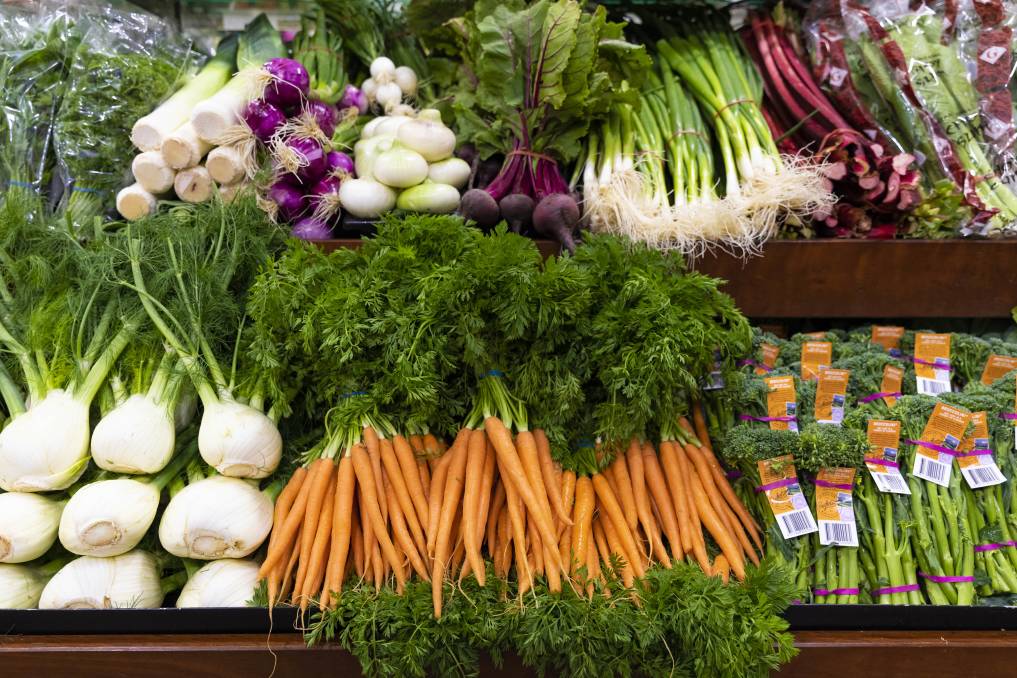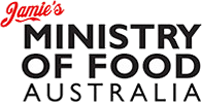Fruit and Vegetable Consortium launched to increase fresh produce consumption

The temptation to eat fast food has probably never been greater but it’s not always the best option.
To help get the fresh food message across a new group has been formed – and it’s packing a punch.
The Fruit and Vegetable Consortium, backed by key organisations, will be pushing for comprehensive action to address the nation’s complacency about eating fruits and vegetables.
Nutrition Australia chief executive officer, Lucinda Hancock, was appointed the inaugural chair of the consortium.
Other founding members include:
The group already has more than 50 organisations that have pledged their support since launching to industry four weeks ago.
The timing of the launch comes amid the COVID-19 pandemic which has prompted many consumers to reassess their food-buying behaviour.
Just half of Australian adults – and two thirds of children – have an adequate daily intake of fruit, while seven per cent of Australian adults and five per cent of children eat the recommended daily amount of vegetables.
The Fruit & Vegetable Consortium, which is Victoria based, is collaborating to investigate options to increase fruit and vegetable consumption, including one project to develop a behaviour change program that will work to increase vegetable consumption among Australians to improve their health and well-being.
Ms Hancock said that lifting fruit and vegetable consumption was not only a critical step to improving the nutrition and health of the general public but also a sure safe way to reduce government expenditure.
“Diets rich in fruits and vegetables have been shown to protect against high blood pressure, obesity, heart disease, stroke, type two diabetes and some cancers,” Ms Hancock said.
“The job of increasing fruit and vegetable consumption is too much for a single person or organisation.
“This consortium was born out of a common imperative to increase fruit and vegetable consumption with the aim of improving health outcomes for Australians and their families.”
There have been various movements to try and increase fresh produce consumption over the years, including the “Go for 2&5″ slogan which began in Western Australia before going national.
In 2017, Nutrition Australia launched its “Try for 5″ campaign, which encouraged Australians to boost their health by increasing their vegetable consumption to the recommended five serves per day.
Four years ago, Hort Innovation research investigated opportunities for more vegetable meal occasions, resulting in a collection of meal ideas such as grilled spiced cauliflower, balsamic grilled carrots, pumpkin fries and a green beans omelette.
Last year, Hort Innovation also launched the $4 million, five-year The VegKit project to deliver a free toolkit for educators, health professionals and research agencies for increasing children’s vegetable intake.
In July 2018, Fresh Markets Australia (FMA) and the Central Markets Association of Australia (CMAA), launched “A Better Choice“, a program aimed at not only highlighting the benefits of shopping at independent retailers but also boost vegetable and fruit consumption.
Ausveg CEO, James Whiteside, said it was important growers worked with health professionals, researchers and other organisations that possess the same goals to develop and promote programs that will meaningfully change behaviours to increase consumption of vegetables and fruits.
“Growers are deeply committed to increasing vegetable consumption among Australians of all ages and are keen to work alongside the food and health industries to improve the health and wellbeing of Australian men, women and children,” Mr Whiteside said.
“The health benefits of increasing vegetable consumption are well-documented, but the rates of consumption are still unacceptably low.
“We need to work together to pool our research, knowledge and passion to remedy this.
“If every Australian ate an additional half a cup of vegetables per day, government health expenditure would reduce by an estimated $100 million per year ($60.7m to the Commonwealth Government and $39.2m to states and territories).”
Seeking funds
LIFTING the national vegetable and fruit consumption does not come cheaply but the economic payback would be substantial, according to the FVC.
The consortium has outlined its vision and for its first major project is developing a business case and prospectus for potential funders, including government, retailers and other interested sectors to outline the investment needed for a sustained, comprehensive behavioural change campaign for increasing vegetable consumption.
The vision document says economic modelling suggests a $10 million marketing spend per year would deliver “an increase in vegetable consumption of around 0.5 serves per person, per day, within five years”.
It also says the “economic benefits to vegetable levy payers in the vicinity of a $1 billion net increase in farm income over 11 years”.
“Retailers would gain an 8pc increase in prices by 2030 and benefit from an improvement in gross margin of $368 million by year 2030 and achieve a cumulative gain of $1.9 billion over the 11 years,” the FVC document said.
Ms Hancock said the group is hopeful it can work with industry groups, sectors, farmers, philanthropists and others with a goal to fostering a healthier population to develop a business case for a substantial behaviour change campaign that will make a difference for generations of Australians.
“The importance of eating plenty of fruit and vegetables has never been more critical, so I urge everyone who has an interest in supporting the health of their families, friends and their communities to support the cause of the Fruit and Vegetable Consortium and see how you can help make a difference,” she said.
For more information on the Fruit & Vegetable Consortium, visit thefvc.org.au.
This article was originally published by The Newcastle Herald.





